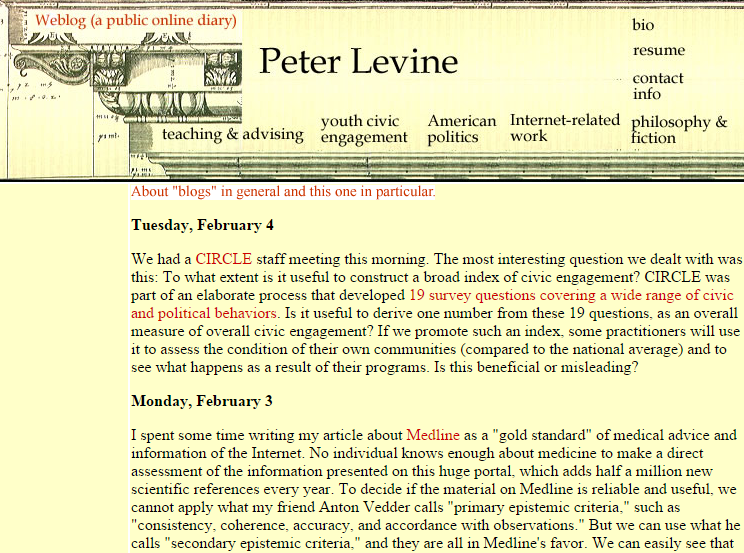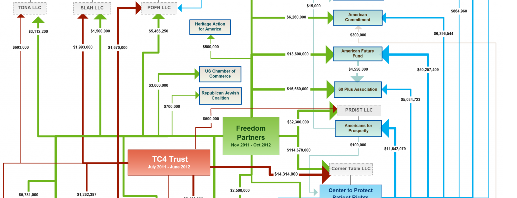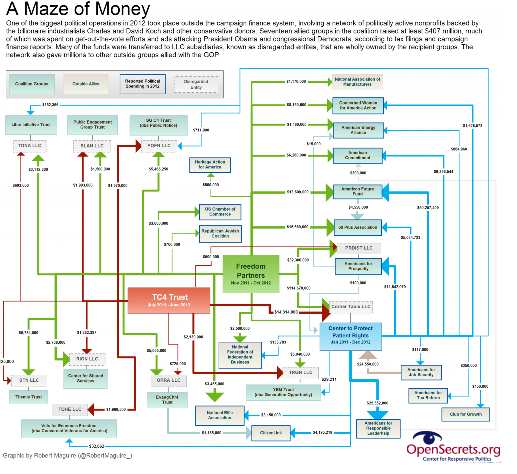- Facebook14
- Total 14
Gregory Ferenstein has interviewed Silicon Valley moguls about inequality. He summarizes the results thus:
They believe that a relatively small slice of geniuses advance humanity more than the combined efforts of everyone else, and that economic growth is better at improving the overall quality of life than burdensome redistribution schemes.
And many believe that the best long-term solution to inequality may be a guaranteed basic minimum income, which minimizes regulation on innovation but ensures that the masses are well-off.
Many of his interviewies identify as liberals, but that is probably because of social issues. They are certainly pro-market and see economic growth as the solution to almost all social problems. That assumption aligns them with libertarian conservatives, albeit with a subtle and important difference.
A certain kind of laissez-faire conservative believes that inequality would not be a big problem in a free market because almost all people have significant market value. Anyone can make money who works hard and exercises thrift. Poverty exists because of disincentives to work or because of market distortions. A moderate version of this position adds that universal public education and some regulation is necessary to allow everyone to attain adequate market value. A proponent might also acknowledge that markets yield inequality but argue that that doesn’t matter as long as most workers can attain a reasonable level of welfare. They should be able to do that if labor markets clear, and the ones who can’t (e.g., the sick and old) can be taken care of by small government programs or philanthropy.
The Silicon Valley moguls have a different view of the world. They do not think that most people have much market value. One wrote in Ferenstein’s survey, “Very few are contributing enormous amounts to the greater good, be it by starting important companies or leading important causes.” Another defends MOOCs not because they educate most students well but because they can find the diamonds in the rough who have the potential to produce substantial value. “Most said that the top 10 percent of talent would naturally earn more than 50 percent of the nation’s wealth” if an economy were unregulated.
I think Silicon Valley people make a core distinction between commodities and innovations or “disruptive” technologies. In this framework, a commodity is something that anyone can consume or produce if she can pay the market price. Wheat, for example, is a commodity. You can buy it by the pound. You can also produce it at the market rate. If you don’t have land, water, and seed, you can buy those. If you don’t know how to farm, you can hire a farmer. In contrast, you cannot make a Rembrandt or a MacBook Air. Rembrandt is dead and Apple has patented its design.
This distinction is crucial because profit margins for commodities are low in a competitive economy, and the real money comes from innovations. I think Silicon Valley people sometimes confuse price and value and conclude that social benefits also come from innovation, not from the provision of ordinary commodities. (Some in the Obama Administration hold a similar view, assuming that it is more important for the federal government to be able to fund social innovations than to maintain standard services.)
On this view of the world, the top priority is to support and liberate the few who are in a position to innovate. All the others play a limited role and have limited economic significance. If they are poor, no harm comes from giving them transfer payments so that they can purchase commodities. It’s not necessary to give them incentives to work hard and be thrifty, and it’s benign to make sure they can consume.
In contrast, a classic (Victorian or neoliberal) free-marketer believes that everyone can and should contribute importantly to the common good by working, and transfer payments harm the recipients by reducing their incentives to work. That argument is lost on Silicon Valley entrepreneurs, who don’t think most people’s work is all that valuable, anyway.
I think this fundamental difference cuts through the various pro-market movements that are ascendant today and is worth watching.
(Notes: I recognize that markets aren’t natural but are created by public policy. I recognize that merit–or the capacity to produce value–is constructed, not innate, and that different people would be seen to have merit if we designed society differently. Finally, I recognize a third category apart from commodities and innovations: rents. You can’t actually make as much wheat as you want, because God only made so much land, and you can’t make a MacBook Air, because the government limits your ability to imitate Apple by awarding patents to the company. So both landowners and tech. companies can collect rents. These three points are among many important complications, but I don’t think they challenge my interpretation of the worldview of Silicon Valley neoliberals.)



